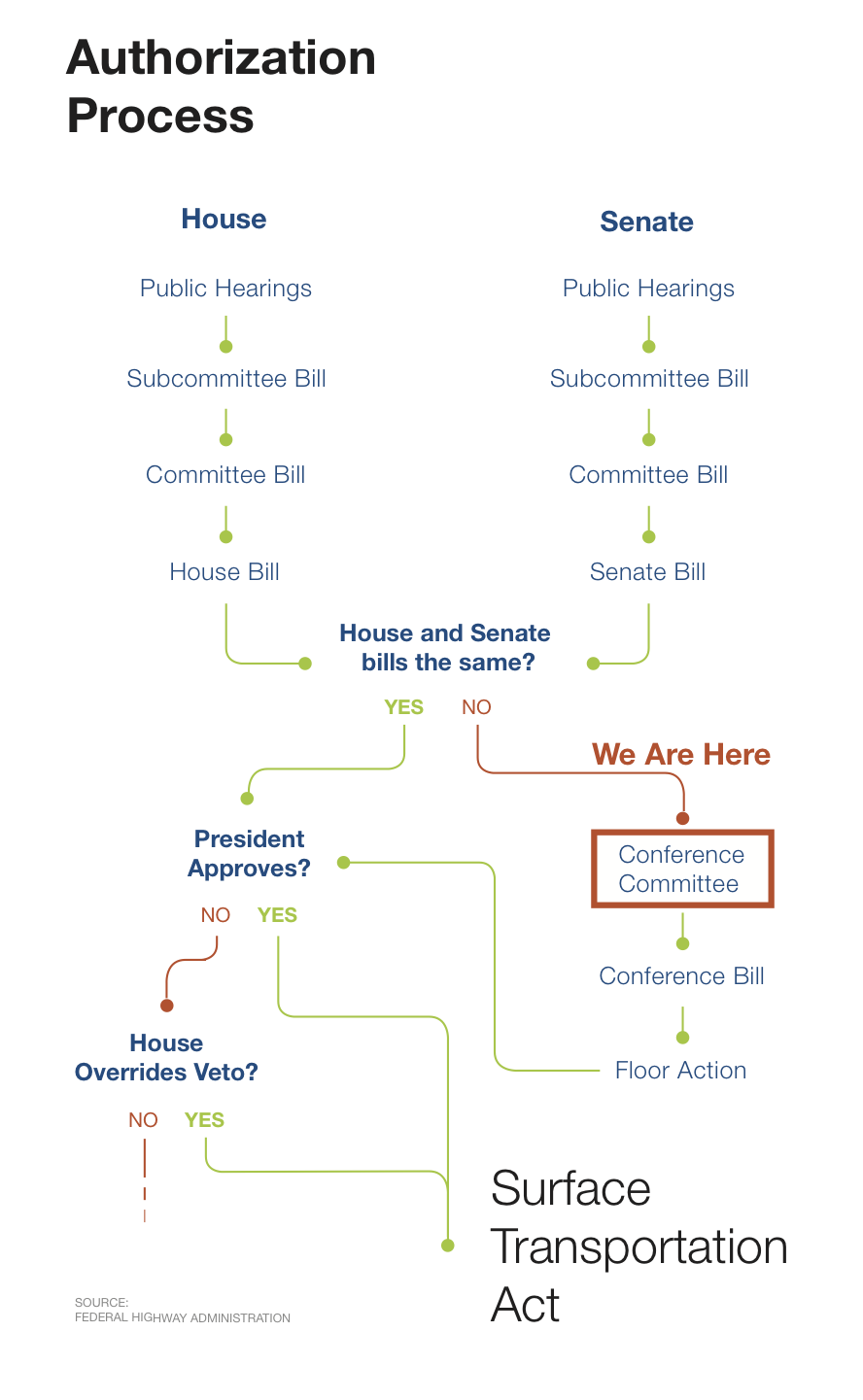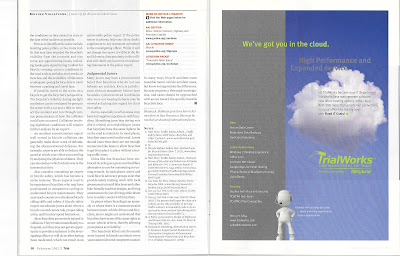Earlier this month, East Bay Attorney Bill Dullea of GJEL Accident Attorneys testified before the Assembly Transportation Committee in support of Senate Bill 1464. Senate Bill 1464, commonly known as the 3-Foot Passing Bill, clarifies the current, vague law requiring cars to give cyclists a ‘safe distance’ when passing. In his testimony Dullea argued that the ‘safe distance’ law unnecessarily endangers cyclists because not all drivers judge ‘a safe distance’ in the same way. Since 40% of cycling collisions occur when a cyclist is hit from behind by a vehicle, this proposed legislation is poised to make a large impact in the cycling community.
Dullea argued that the 3-Foot Passing Law would help make cyclists feel safer when they are sharing the road with automobiles and would therefore encourage more cyclists. Ideally, this law would lead to safer streets for everyone. Like Rahman Law, GJEL represents many cyclists in their line of work. Dullea testified that in his experience it s clear that drivers don’t know how to judge a ‘safe distance’ mostly because most California drivers do not have to deal with cyclists very often in their day -to-day driving. This has obviously been changing in the last few years, especially in San Francisco and the Bay Area. A statistic that often creeps into these conversations and which is extremeley illuminating, is that in San Francisco in the last 5 years, cycling ridership has increased more than 70%.
With interactions between cyclists and vehicles constantly increasing it is important for drivers to know how they can best avoid collisions. The 3-Foot Passing Bill is designed to do just that. The California Bicycle Coalition and cycling advocates like Rahman Law and GJEL Accident Attorneys support SB 1464 because it protects cyclists and drivers and generally makes the roads, which we all share, a safer place.
The bill is currently waiting for Governor Jerry Brown’s signature.
For more information on how you can become involved in the California Bicycle Coalition’s Safe Passing Campaign visit their website at http://calbike.org/advocacy/safe-passing/
Sources:
http://www.sfgate.com/business/prweb/article/East-Bay-Attorney-Advocates-for-Bike-Safety-with-3688716.php

 Now:
Now:


